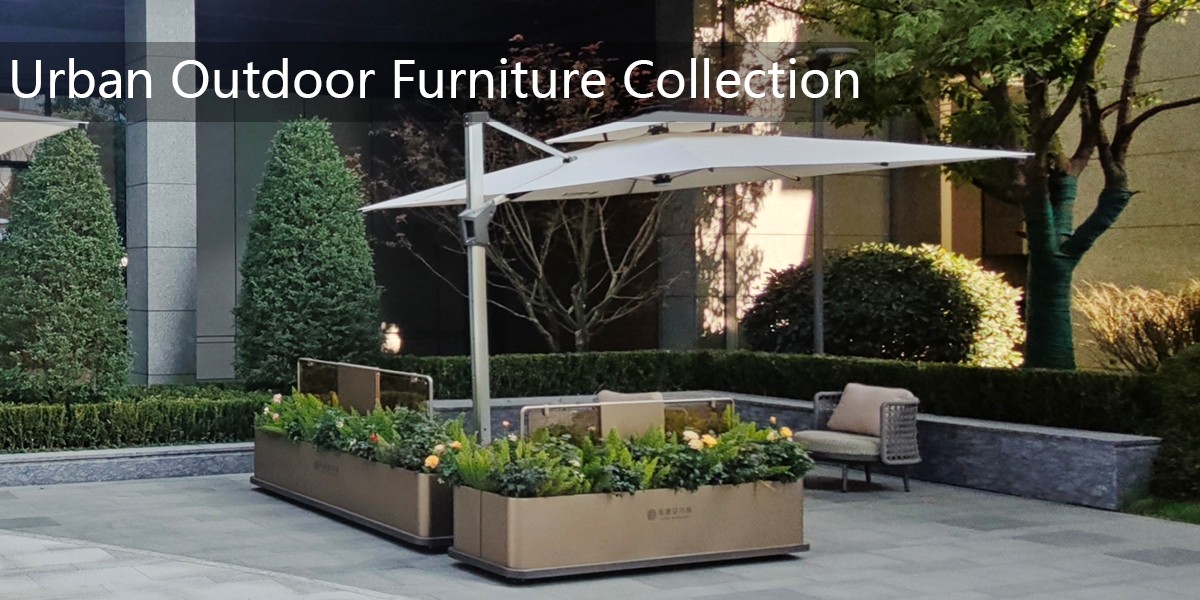Outdoor music festivals generate massive waste while exposing infrastructure to extreme wear. To create trash cans that endure these conditions, designers must prioritize three key elements: durability, functionality, and vandal resistance.
1. Material Selection:
- Use marine-grade stainless steel or powder-coated galvanized steel for corrosion resistance
- Opt for rotational-molded polyethylene for impact-resistant plastic models
- Incorporate reinforced bases and structural supports to prevent crushing
2. Anti-Vandal Features:
- Tamper-proof fasteners and welded construction eliminate removable parts
- Smooth, graffiti-resistant surfaces with non-stick coatings
- Anchor systems (sunken bases or ground bolts) prevent tipping
3. High-Capacity Design:
- 50+ gallon capacity with wide openings for rapid disposal
- Modular designs allowing stacked waste collection during peak periods
- Clear signage with pictograms for multilingual crowds
4. Maintenance Considerations:
- Removable inner liners for efficient cleaning
- Drainage holes to prevent liquid accumulation
- Fire-retardant materials near stages and food areas
Festival-proven designs like Copenhagen's "Big Belly" solar compactors demonstrate how smart technology can reduce overflow. Meanwhile, Bonnaroo's partnership with waste management experts shows the value of custom solutions tailored to specific event layouts.
By combining rugged construction with crowd psychology insights (like placing bins near natural congregation points), venues can maintain cleanliness while minimizing replacement costs – some music festivals report 80% fewer damaged bins after implementing these design strategies.


